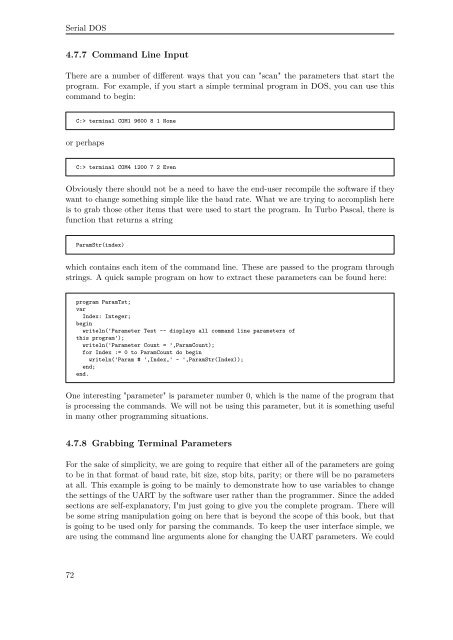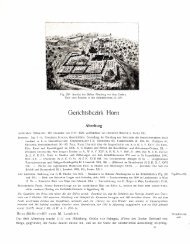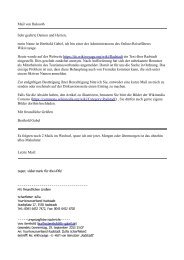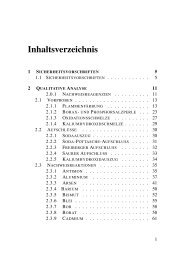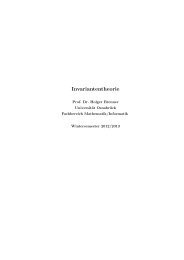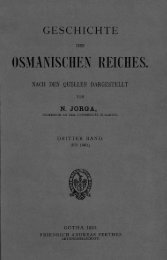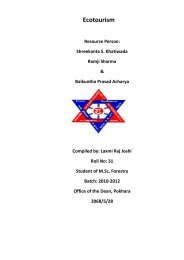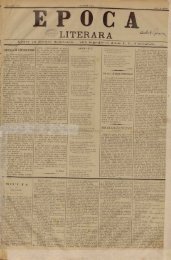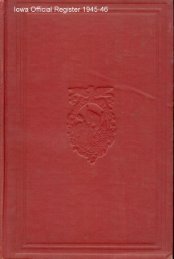Serial Programming - upload.wikimedia....
Serial Programming - upload.wikimedia....
Serial Programming - upload.wikimedia....
You also want an ePaper? Increase the reach of your titles
YUMPU automatically turns print PDFs into web optimized ePapers that Google loves.
<strong>Serial</strong> DOS<br />
4.7.7 Command Line Input<br />
There are a number of different ways that you can "scan" the parameters that start the<br />
program. For example, if you start a simple terminal program in DOS, you can use this<br />
command to begin:<br />
C:> terminal COM1 9600 8 1 None<br />
or perhaps<br />
C:> terminal COM4 1200 7 2 Even<br />
Obviously there should not be a need to have the end-user recompile the software if they<br />
want to change something simple like the baud rate. What we are trying to accomplish here<br />
is to grab those other items that were used to start the program. In Turbo Pascal, there is<br />
function that returns a string<br />
ParamStr(index)<br />
which contains each item of the command line. These are passed to the program through<br />
strings. A quick sample program on how to extract these parameters can be found here:<br />
program ParamTst;<br />
var<br />
Index: Integer;<br />
begin<br />
writeln('Parameter Test -- displays all command line parameters of<br />
this program');<br />
writeln('Parameter Count = ',ParamCount);<br />
for Index := 0 to ParamCount do begin<br />
writeln('Param # ',Index,' - ',ParamStr(Index));<br />
end;<br />
end.<br />
One interesting "parameter" is parameter number 0, which is the name of the program that<br />
is processing the commands. We will not be using this parameter, but it is something useful<br />
in many other programming situations.<br />
4.7.8 Grabbing Terminal Parameters<br />
For the sake of simplicity, we are going to require that either all of the parameters are going<br />
to be in that format of baud rate, bit size, stop bits, parity; or there will be no parameters<br />
at all. This example is going to be mainly to demonstrate how to use variables to change<br />
the settings of the UART by the software user rather than the programmer. Since the added<br />
sections are self-explanatory, I'm just going to give you the complete program. There will<br />
be some string manipulation going on here that is beyond the scope of this book, but that<br />
is going to be used only for parsing the commands. To keep the user interface simple, we<br />
are using the command line arguments alone for changing the UART parameters. We could<br />
72


